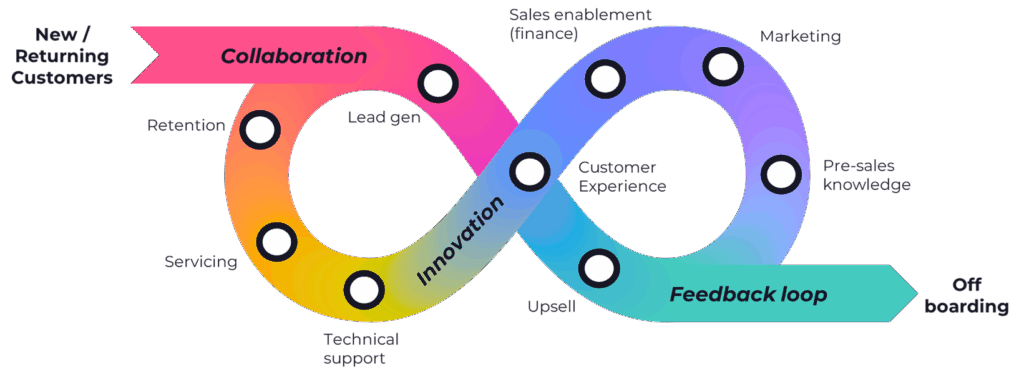Channel partner loyalty plays a vital role in a company’s success. For many reasons, your loyal partners are your most valuable asset. As competition and channel partner expectations continue to increase, it’s important to recognise the signs that point to partner disengagement.
By looking at the question from the perspective of the channel partner and evaluating your strategies for retention and engagement across their lifecycle, you can prevent the all-too-common problem of “quiet quitting.”
Why do channel partners quietly quit?
The most common reasons channel partners quietly quit is dissatisfaction, disinterest and ambivalence. While these may seem similar, they reflect different stages of disengagement, from apathy to uncertainty to outright frustration.
In our first-of-its-kind research conducted in partnership with KANTAR, 22% of channel partners surveyed were categorised as ‘engaged‘ with the brand they work with and want to continue to work with them. This means that over 75% of channel partners are disengaged in some way, categorised as either:
Trapped – These partners are not satisfied with the brand but do recommend it. The brand is often replaceable for these channel partners, and it’s only a matter of finding a more trusted and reliable brand. Nearly 50% of channel partners in our research fell into this category.
Vulnerable – These partners are neither satisfied with the brand nor prefer it and made up 23% of channel partners in our research.
Unattached – These partners relationship with a brand is purely transactional. Brands are disposable to them and will be replaced at the slightest inconvenience. 6% of channel partners fell into this quadrant.
Often an emphasis from the vendor on the transaction with a partner versus the relationship is what creates this disconnection. The reality is dissatisfaction can occur at any point in the partner lifecycle and there are many points of friction in a channel ecosystem that can cause channel partners to disengage with a manufacturer.

Find out more about how to measure the strength of your channel partner relationships and the channel affection matrix quadrants.
Is your company failing your partners through transactional programme design?
If you’re uncertain, here are three questions to consider:
1. Have you defined and optimised your channel partner programmes based on the true value partners provide?
Value added resellers are just that, the value they bring to your end customers and touch points where they represent you as a brand are extensive. This includes their investment in innovation, training, pre-sales and support of your strategic objectives. But are you rewarding and recognising the value partners add outside of the sale? The missed opportunity is not understanding and recognising specific needs and behaviours of partners at different stages of the end customer journey. Address this in your programme design and your partners will be more engaged, satisfied and motivated to succeed with you.


Discover how tiering can maximise your channel incentive and loyalty programmes.
2. Do you have a well-designed onboarding and enablement programme for new partners?
An onboarding programme sets the stage for the entire relationship. To be successful, it needs to ensure a smooth transition, provide education, address pain points and personalise interactions. It is hopefully the beginning of their loyalty to you as a brand and therefore your loyalty programme structure should consider those partners you wish to acquire, grow, and retain.
3. Are you maximising your data analysis?
Your partner data provides valuable insights into behaviour, preferences and engagement patterns. It can give you a deeper understanding of your audience and help you strengthen partner relationships by increasing the relevancy of your content and incentive programmes
Often, partners are treated as one unit — neglecting the behaviours and needs of what should be divided into distinct groups. Segmentation allows you to deliver relevant activations and offers that resonate within each segment. It also enables you to design rewards that recognise and reinforce the value of the relationship using an equitable equation.
Take stock of your current programmes and act. Evaluate your methods for driving partner engagement and loyalty and invest in a robust and equitable strategy that works for both you and your channel partners.
A strong and balanced relationship is one that is harder to “quietly quit.”
The best way to get started is to get in touch!
Speak to a member of our expert team to learn how our solutions can support your channel performance strategy.
